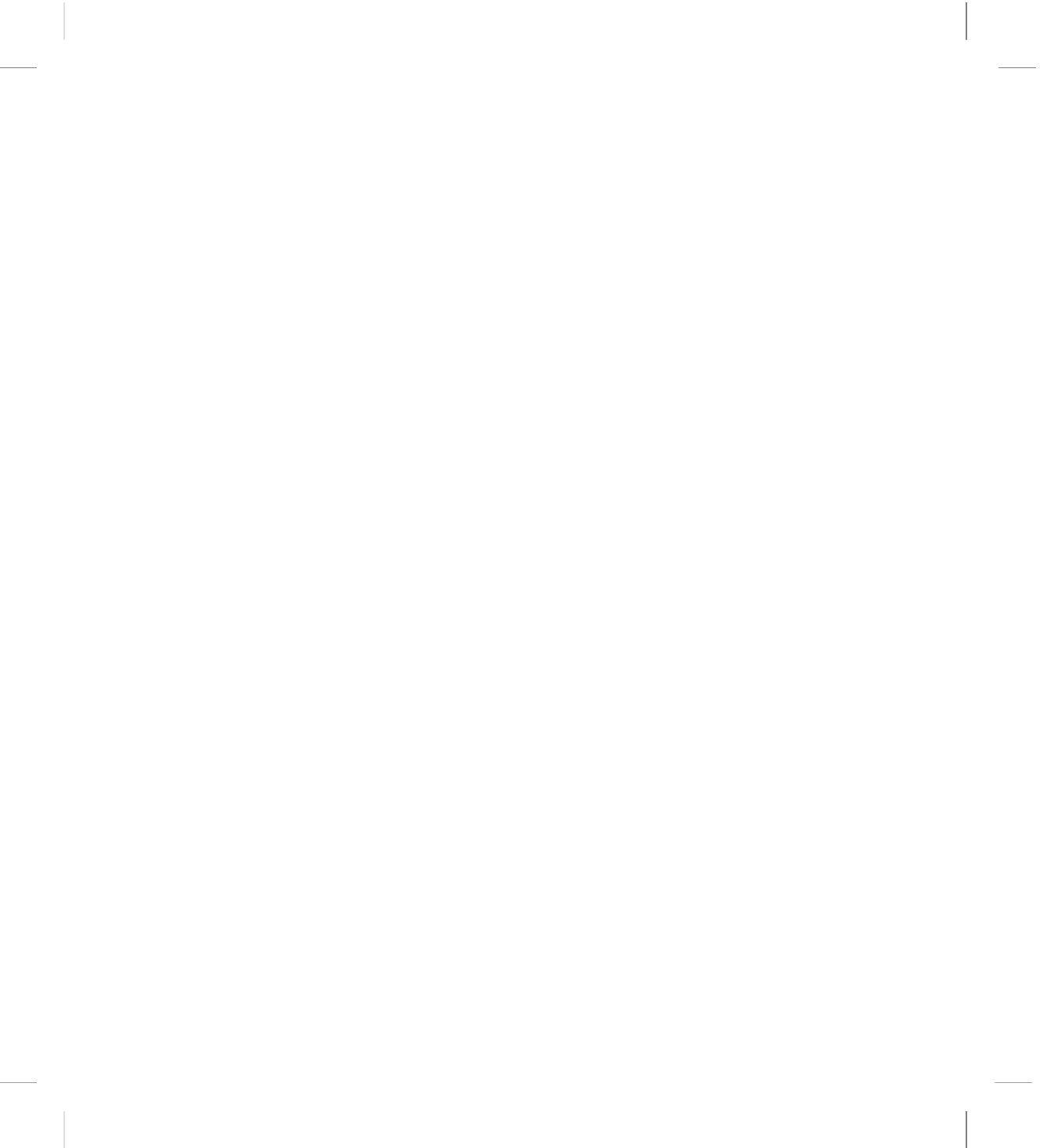Agriculture Reference
In-Depth Information
can also focus on design for a more specific measure, such as energy efficiency or
product safety, and can be extended to corporate activities as a system.
David Allen, on the faculty of the University of Texas, is a leader in industrial
ecology and sustainable design. He has proposed another matrix for benchmarking
(see Fig. 5.9). Since sustainable design can be achieved by numerous approches,
this matrix compares the system's boundaries or the layers shown in Figure 5.6
to the types of factors we included in our decision force fields (Figs. 5.3 and
5.4). Expected outcomes and impacts are shown in the corresponding cells of
the matrix. The rows determine which type of green design tool should be used:
full-cost accounting, life-cycle analysis, input/output analysis, or agent-based
modeling.
The key point about benchmarking is the importance of a prospective view-
point in design. Whatever tools we can use to help us to model and to predict
consequences of available alternatives is an important aspect of green design.
NOTES AND REFERENCES
1. C. B. Fleddermann,
Engineering Ethics
, 2nd ed., Prentice Hall, Upper Saddle
River, NJ, 2004.
2. B. Allenby, presentation of this collection as well as the later discussions re-
garding macro- and microethics, presented at the National Academy of En-
gineering Workshop, Emerging Technologies and Ethical Issues, Washington,
DC, October 14-15, 2003.
3. L. Kohlberg,
Child
Psychology
and
Childhood
Education:
A
Cognitive-
Developmental View
, Longman Press, New York, 1987.
4. J. B. Bassingthwaighte, “The Physiome Project: the macroethics of engineering
toward health,”
The Bridge
, 32 (3), 24-29, 2002.
5. J. R. Herkert, “Microethics, macroethics, and professional engineering so-
cieties,” in
Emerging Technologies and Ethical Issues in Engineering
, National
Academies Press, Washington, DC, 2004, pp. 107-114.
6. Accreditation Board for Engineering and Technology,
Criteria for Accrediting
Engineering Programs: Effective for Evaluations During the 2004-2005 Accreditation
Cycle
, ABET, Baltimore, MD, 2003.
7. Software Engineering Institute, Carnegie Mellon University, “Glossary,”
http://www.sei.cmu.edu/opensystems/welcome.html; accessed August 9,
2007.
8. These criteria were provided by John Crittenden, Arizona State University.
9. American Society of Mechanical Engineers, “Sustainability: engineer-
ing tools,” http://www.professionalpractice.asme.org/business functions/
suseng/1.htm, 2005, accessed January 10, 2006.

Search WWH ::

Custom Search